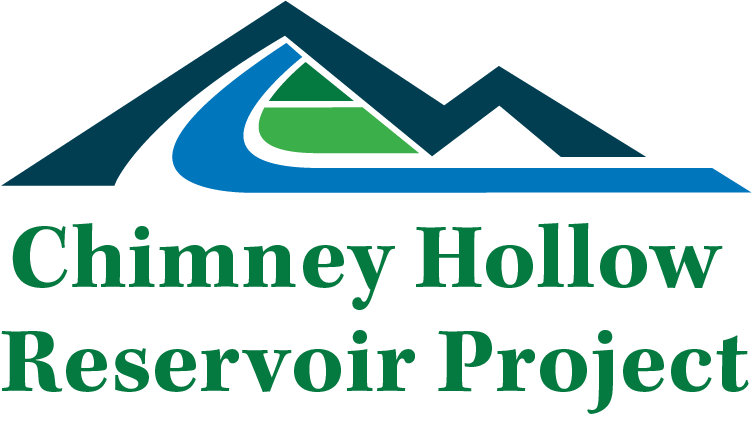On site, the largest use of water is seasonal dust suppression throughout the warm months of the year. Water trucks spray roads throughout the site to keep dust at a minimum. In addition, crews use non-toxic polymers to help hold dust particles together to cut down further on dust. Another large use of water is wetting embankment materials before they are compacted for the main dam embankment construction. According to Donnelly, this process is now in full production with round-the-clock work to raise the dam to its ultimate 350-foot height. A water line was also built from the local drinking water provider to supply potable water to the on-site offices for approximately 500 people working on site.
Spill prevention control measures, which are regulated through an environmental permit, ensure crews have at least two levels of containment around fueling stations and other areas that work with common construction fluids like motor oil and hydraulic fluid so that no contaminates enter water sources.
“Managing water on site is a small part of the project, but it is hugely important to our long-term project goals of providing a safe and reliable drinking water supply for the region,” Donnelly said.

